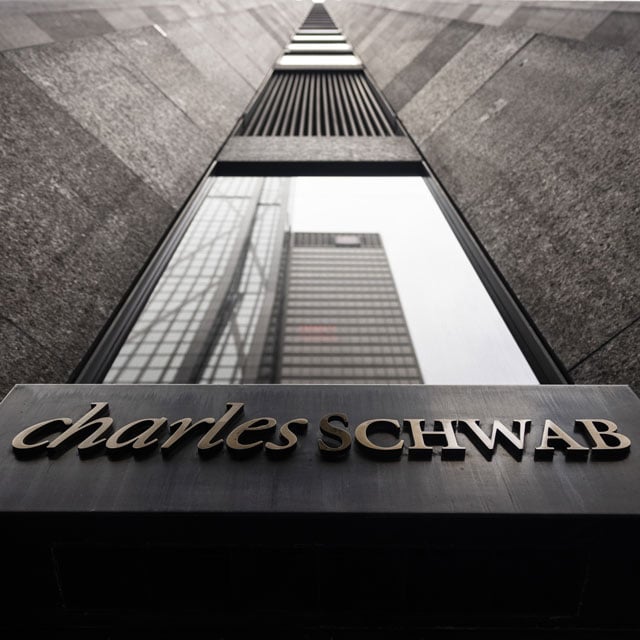Self-Directed Retirement Account Balances Rose on Stock Rally: Schwab

Mutual funds again were participants’ second-largest holding at 28.1%. Large-cap stock funds had the largest allocation, 34.2%, followed by money market funds, 16.2%, and taxable bond funds, 14.2%
ETFs held 24.7% of participant assets in the second quarter. Investors allocated 51.8% to U.S. equity, 12.7% to U.S. fixed income, 11.9% to international equity and 9.3% to sector ETFs.
Cash and cash equivalents held 7.4% of participant assets in the April-to-June period, while fixed income held 5% of assets.
Advised vs. Non-Advised Accounts
Advised accounts held average balances of $528,287 in the second quarter, according to the report, compared with $293,455 in non-advised accounts. Fifty-two percent of Gen Xers had advised accounts, followed by 24% of baby boomers and 22% of millennials.
Participants who worked with advisors displayed a more diversified asset allocation mix than non-advised participants and had a lower concentration of assets in particular securities. Advised participants also had a lower percentage in cash, showing a balanced amount among all the advised investments.
Balances by Generation
Boomers had the highest average account balance at $548,353, up from $531,201 last quarter. Gen Xers’ average balance was $329,089 and millennials’ $115,867. All three generations had very similar equity holdings, with Apple, Tesla, Amazon, Nvidia and Microsoft coming in at the top.
Roth balances were much lower than in the non-Roth Schwab Personal Choice Retirement Account: $90,411 vs. $354,320. Among the generations, Gen Xers had the highest percentage of Roth accounts, 43.6%.
Those with Roth accounts also had lower trade volumes: 7.6 vs. 12.3 trades.




